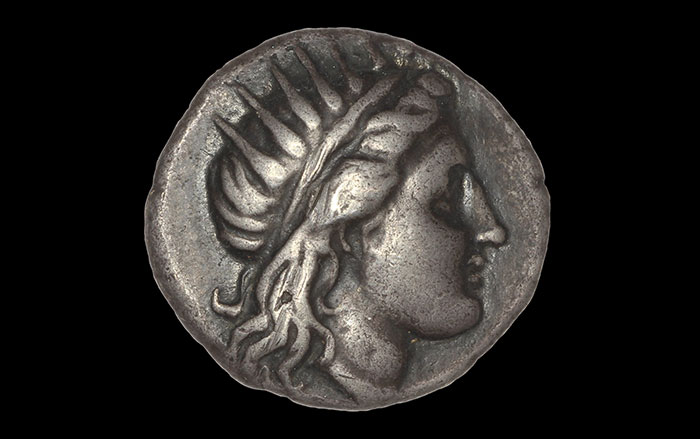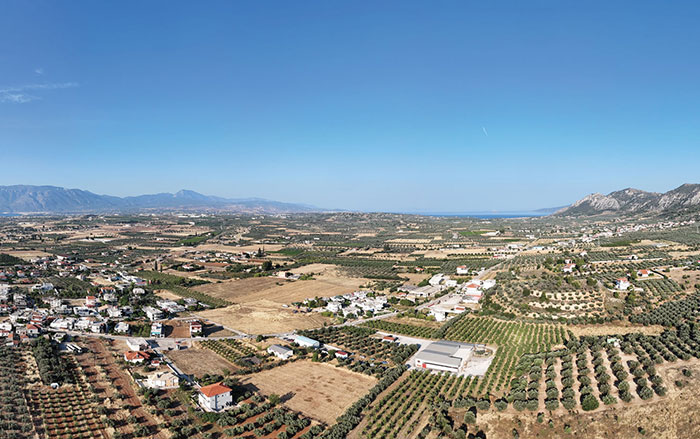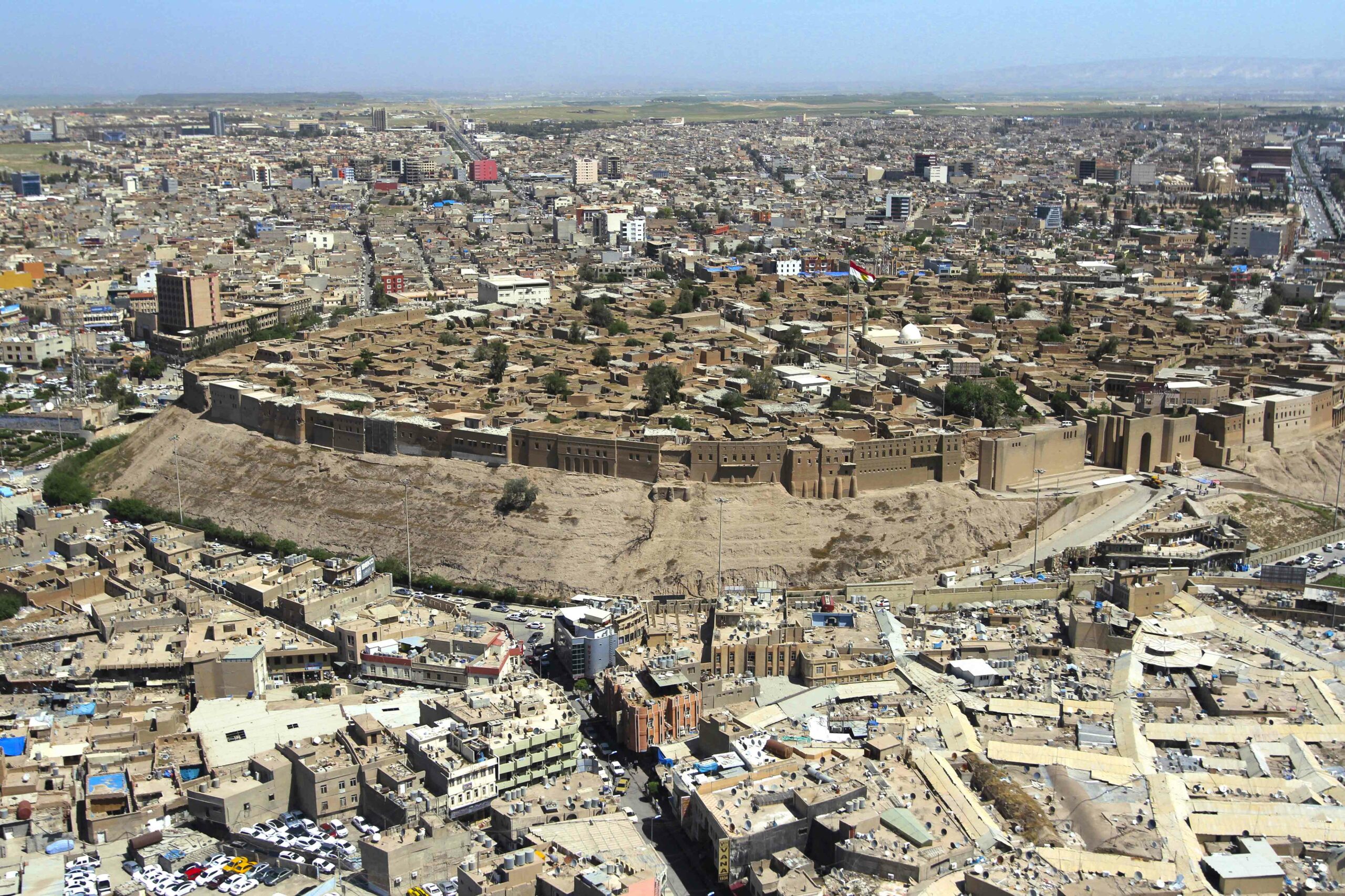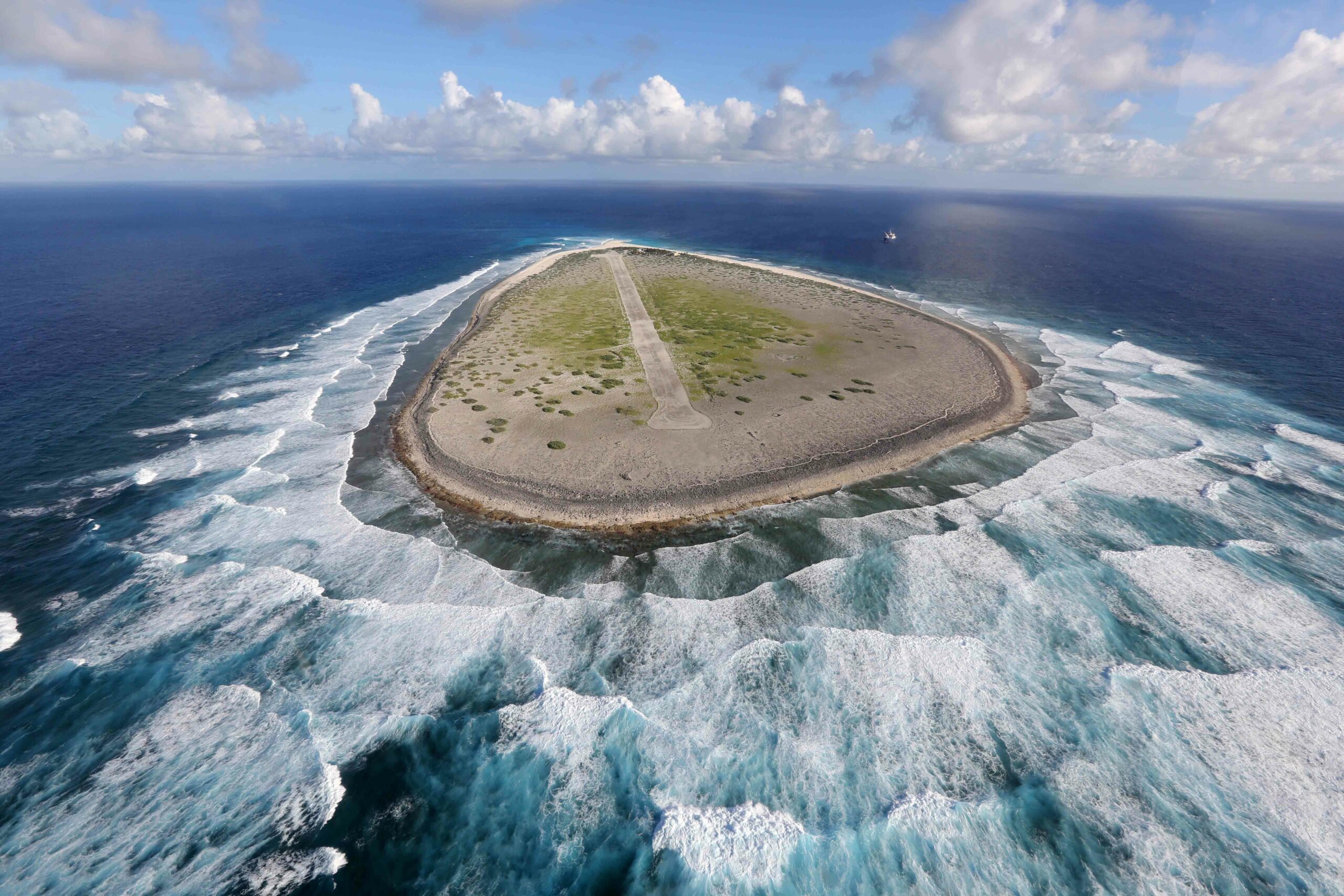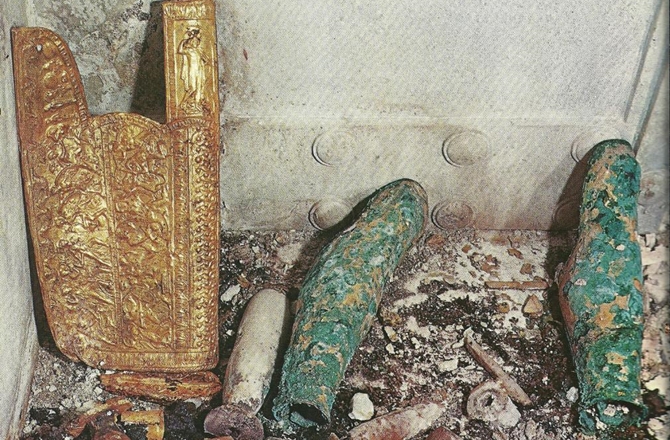
THESSALONIKI, GREECE—An anthropological team investigating cremated remains found in a royal tomb in Vergina, Greece, has claimed that the remains belong to King Philip II, father of Alexander the Great, and an unknown woman warrior. Theodore Antikas, head of the Art-Anthropological research team of the Vergina excavation, suggests that she may have been the daughter of Scythian King Ateas. The tomb was one of three excavated from the same mound in the late 1970s by Greek archaeologist Manolis Andronikos. This tomb, known as Tomb II, had been intact, and it contained silver and bronze vessels, gold wreaths, weapons, armor, and two gold larnakes, or caskets. Antikas told Discovery News that the identification of the middle-aged, male skeleton was based upon marks on the bones. “The individual suffered from frontal and maxillary sinusitis that might have been caused by an old facial trauma,” he said. Philip II was blinded when his right eye was hit with an arrow during the siege of Methone in 354 B.C. “He had signs of chronic pathology on the visceral surface of several low thoracic ribs, indicating pleuritis,” Antikas added of the warrior’s skeleton, which also showed signs of frequent horseback riding. Traces of an object made of royal purple, huntite, textile, beeswax, and clay had been placed on top of the bones in the gold larnax. A pelvis bone fragment from the other casket indicates that the remains belonged to a woman who died between the ages of 30 and 34. She had suffered a fracture in her left leg that had shortened it. “This leads to the conclusion that the pair of mismatched greaves—the left is shorter—the Scythian gorytus, or bow case, and weaponry found in the antechamber belonged to her,” Antikas explained. To read about the search for Alexander's tomb, see "In Search of History's Greatest Rulers."



